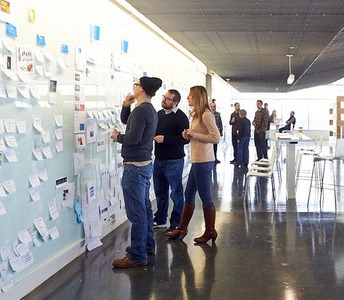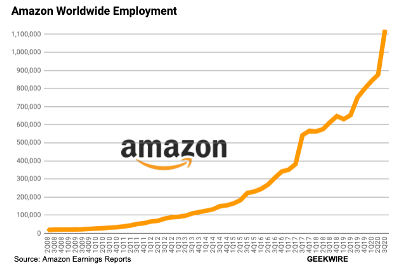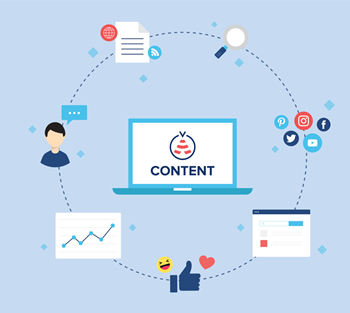This excellent Atlantic article addresses the question we all ponder: ‘Do We Really Need to Meet In Person?‘. Employers generally consider that some face-to-face meeting is needed in particular for creative endeavors (see our post ‘How Face-to-Face Work is Needed for Innovation‘; employees would rather stay at home and avoid commuting.

The Atlantic article takes a clear position in favor of remote work, and provides as well interesting data. In particular “The amount of meetings doubled during the pandemic“! It is true that our days have been packed with much more interactions and the need to switch from one topic to the other.
On the other hand, I observe since we have been able to meet again with people in person, how rich those encounters are compared to remote meetings. From informal exchanges around coffee to the enhanced environment of discussion, reading body language cues and understanding the working environment of people you meet.
In particular for all commercial and business development aspects, face-to-face meetings still remain much more powerful than remote meetings in conveying messages and conviction.
I have also observed that for audits and reviews, there is much more to be captured when working in the office being reviewed than remotely, and it remains essential to travel on site to provide a good quality analysis and feedback.
I am convinced that while remote work will certainly increase compared to pre-Covid time, face-to-face work is also here to stay and develop. We will have to learn what method works best for which purpose.











